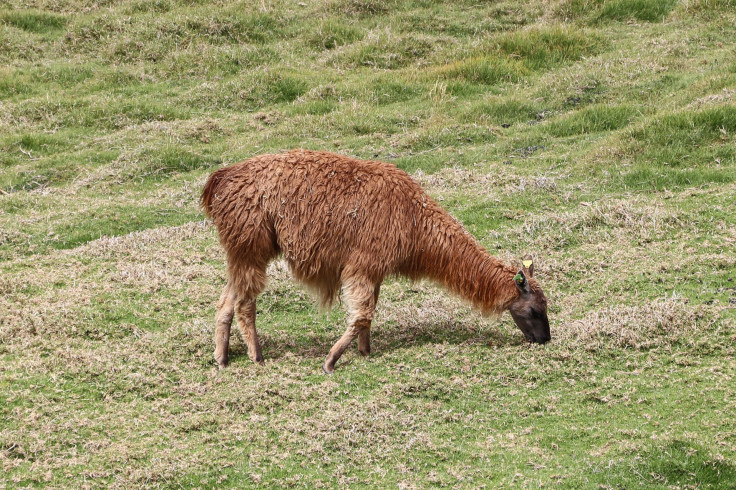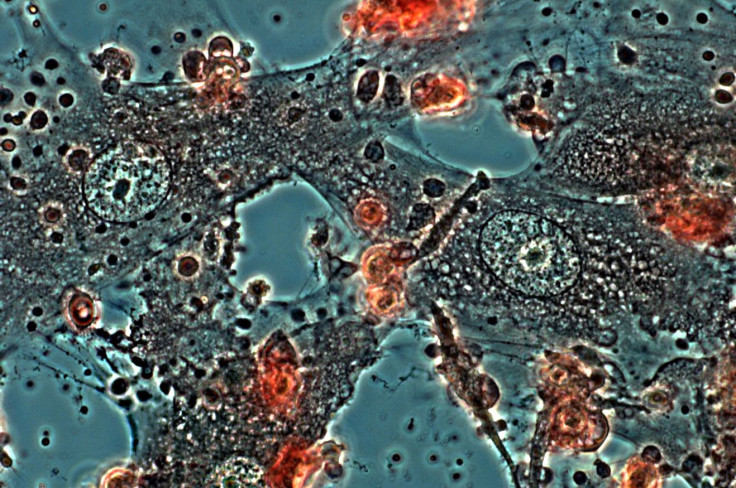A Llama Is Helping An International Research Team Look For A COVID-19 Treatment

KEY POINTS
- Researchers engineered a new antibody against SARS-CoV-2, the virus causing COVID-19
- It was created from an antibody produced by Winter, a llama already participating in a study about other coronaviruses
- Antibody therapy can help the elderly and immunocompromised fight off COVID-19
A llama named Winter is helping researchers look for a treatment that neutralizes SARS-CoV-2, the virus that causes COVID-19 that has put a large part of the globe on lockdown.
Researchers from the University of Texas in Austin, the National Institutes of Health and Ghent University in Belgium have found an antibody that blocks a key protein on the novel coronavirus that allows it to break into living cells.
The study is now moving into a preclinical phase that tests potential treatments on animals like hamsters before it is tested on humans.
In a press release, UT Austin said the potential treatment could help vulnerable groups like the elderly and people who have pre-existing conditions who many not be able to respond well to vaccines.
“Vaccines have to be given a month or two before infection to provide protection,” UT Austin professor associate professor and co-senior author Jason McLellan said. “The antibodies could also be used to treat somebody who is already sick to lessen the severity of the disease.”
Winter was 9 months old in 2016 when she was already participating in a study about two other coronaviruses that caused other scares – SARS-CoV-1 and MERS-CoV.
Llamas like Winter and their animal relatives produce two kinds of antibodies when they are exposed to disease-causing cells like bacteria and viruses. One is like a human antibody. The smaller one, called signgle-domain anitbodies or nanobodies, are only a fraction the size of the first antibody and can be used in inhalers and nebulizers.
Winter was injected with the spike protein, a protein that makes viruses unique from each other, from the other two viruses, which are related to the virus that causes COVID-19.
The research team found one antibody that had promising results in stopping a virus with spike proteins from SARS-CoV-1 from infecting cells in the lab.
Researchers took this antibody and created a new one that stops viruses with spike proteins from SARS-CoV-2 from infecting cultured cells.

“With antibody therapies, you’re directly giving somebody the protective antibodies and so, immediately after treatment, they should be protected,” McLellan also said.
The study is now available online as a pre-proof, which means it still needs final formatting but has been peer-reviewed.
© Copyright IBTimes 2025. All rights reserved.





















